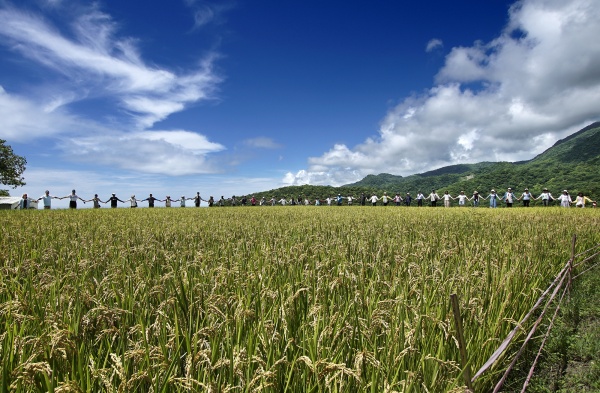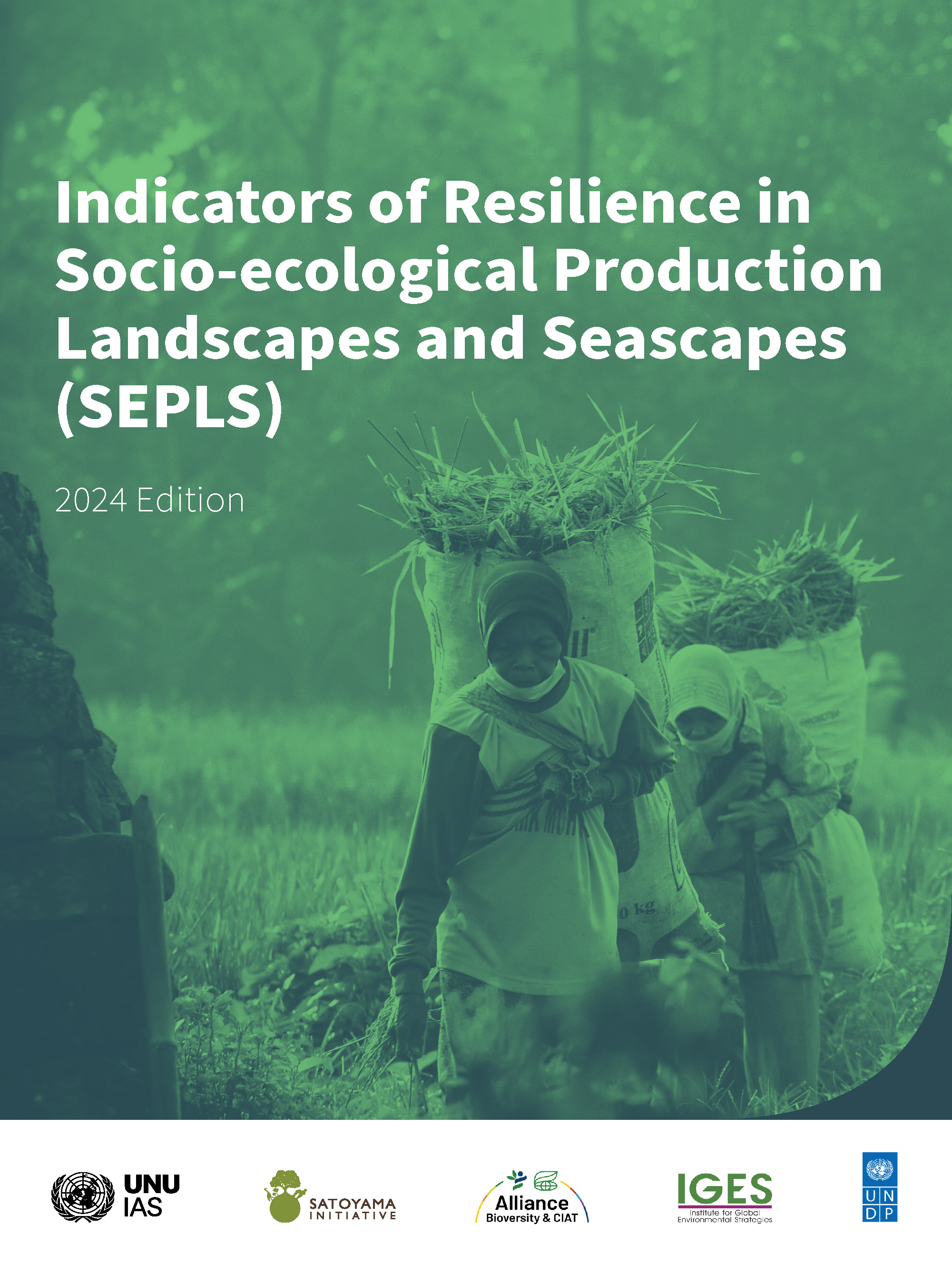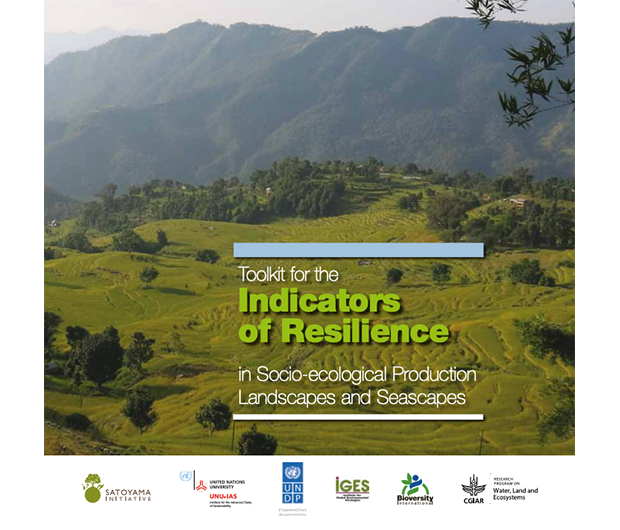The Indicators of Resilience in Socio-Ecological Production Landscapes and Seascapes (SEPLS) were updated in 2024 to better reflect current conditions and challenges.
Over the past decade, the widespread adoption of these indicators has led to feedback highlighting the need for simplification to enhance accessibility and usability at the community level. The revision process for the 2024 edition included inputs from IPSI members and partners with extensive experience using the indicators, ensuring they are more user-friendly and inspire reflection.
The initial set of 20 indicators was developed in 2012 through an IPSI Collaborative Activity by UNU-IAS and Alliance Bioversity International and CIAT (formerly Bioversity International), recognizing the need for local communities to understand the status and changes in their landscapes and seascapes to strengthen resilience.
The background of the indicators dates back to the beginnings of the Satoyama Initiative, particularly the finding in the “
Japan Satoyama Satoumi Assessment” (JSSA) that significant changes in recent years have caused a drop in the resilience of landscapes and seascapes. For the purposes of the Indicators, “resilience” in landscapes and seascapes is considered to mean their ability to absorb or recover – in terms of both ecosystem processes and socio-economic activity – from various pressures and disturbances without lasting damage. Resilience is a product of ecological, social, cultural and economic systems, dynamically linked to each other.
After field-testing in countries around the world, the indicators were then further refined and updated in 2014 based on lessons learned and published in the Toolkit publication (available above) along with the Institute for Global Environmental Strategies (IGES) and the United Nations Development Programme (UNDP). The Toolkit outlines a community-based resilience assessment workshop process, which facilitates an interactive and participatory approach for community members to understand and discuss resilience. These workshops typically involve a representative group of landscape or seascape residents and other relevant stakeholders, ensuring a broad representation to promote equity and diversity of voices. The agenda generally includes an introduction to key concepts, an explanation of the workshop's purpose, exercises such as community mapping or creating historical timelines, scoring of the indicators, and discussion of the results. For more detailed information on organizing these workshops, please refer to the Toolkit. Although the Toolkit uses the 2014 edition of the Indicators, it continues to be useful as a supplementary tool to conduct resilience assessments and workshops.
The 2024 edition set of Indicators of Resilience still consists of 20 indicators but now better captures various aspects of key systems—ecological, agricultural, cultural, and socio-economic. They include both qualitative and quantifiable indicators, relying on the observations, tallies, perceptions, and experiences of local communities. These indicators are designed to be flexible and can be customized to suit the specific circumstances of each landscape or seascape and its associated communities.
The IPSI Secretariat welcomes feedback based on practical implementation challenges and case studies to improve future editions. To contribute, please email your input to isi@unu.edu.









